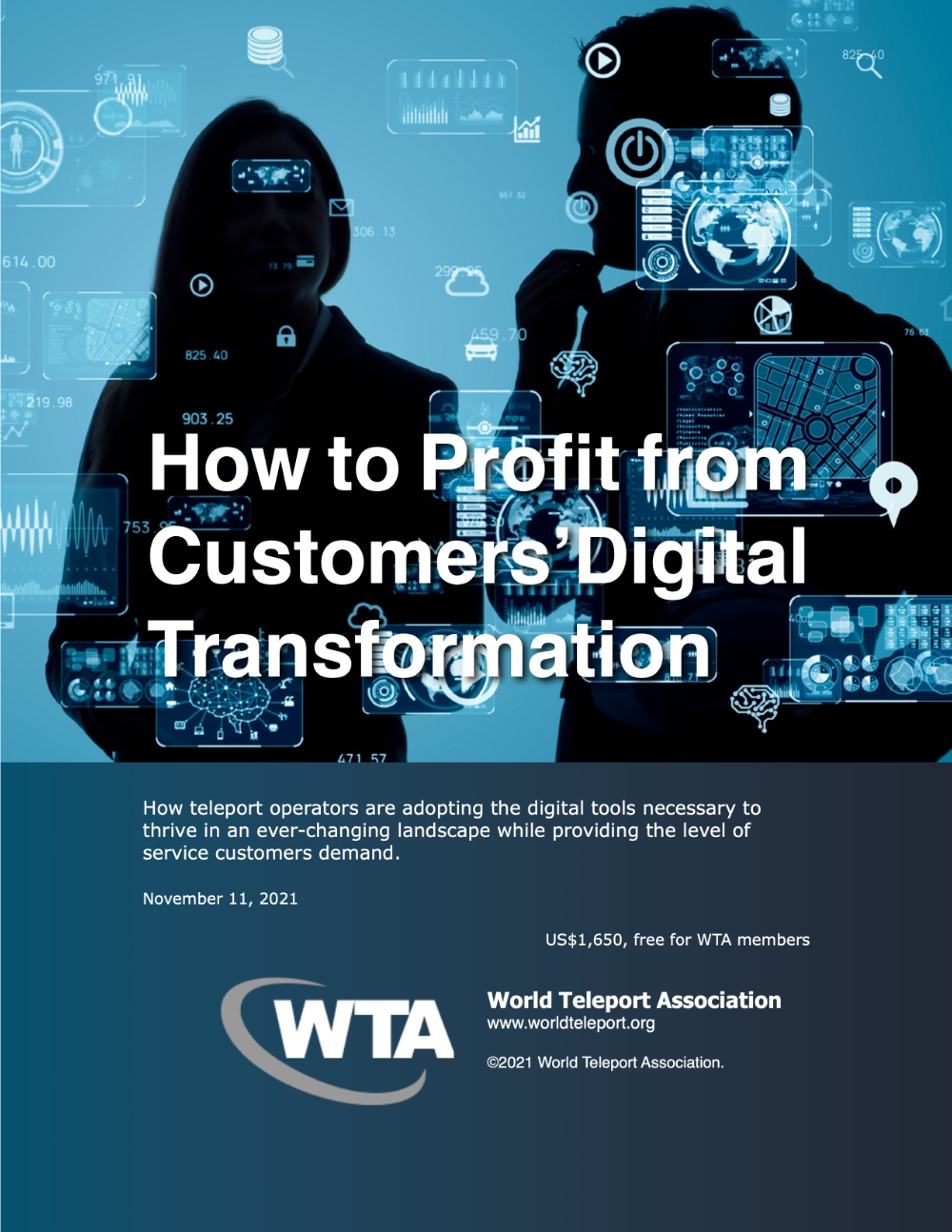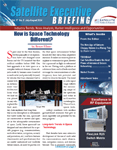Steering Clear of the Digital Dinosaurs
by Robert Bell
New York City, May 6, 2022--Everybody knows what “digital transformation” is, right? It’s that thing where you put on the VR goggles, drop into the metaverse and turn into a dinosaur with pink earmuffs.
Maybe not. It’s certainly not what CapGemini and MIT meant when they coined the term in 2011. It is, or is supposed to be, a foundational change in how an organization uses digital technology to deliver value to its customers.
Digital Transformation is Hard
If the words no longer appear in everyday business news stories, it may be because digital transformation is hard. Really hard. A 2020 study by Boston Consulting Group found that a staggering 70% of digital transformation projects fall short of goals. There are many other scary statistics out there, but they generally add up to one thing. It is much harder to deliver new value to customers through digital transformation than you might ever expect.
That’s why the World Teleport Association published a report late last year, How to Profit from Customers’ Digital Transformation. Nobody would expect the teleport or satellite sectors to be on the leading edge of digital transformation – heck, we are just getting around to thinking that adopting terrestrial telecom standards might be a good idea. But both sectors are embracing digital transformation, driven in no small part by the major changes that the pandemic forced on companies both internally and externally. Once location and work were unlinked, it became far easier to envision a digital foundation for much of what your company does. And the need to sell and serve customers remotely made a necessity out of what might once have been only an aspiration.
would expect the teleport or satellite sectors to be on the leading edge of digital transformation – heck, we are just getting around to thinking that adopting terrestrial telecom standards might be a good idea. But both sectors are embracing digital transformation, driven in no small part by the major changes that the pandemic forced on companies both internally and externally. Once location and work were unlinked, it became far easier to envision a digital foundation for much of what your company does. And the need to sell and serve customers remotely made a necessity out of what might once have been only an aspiration.
Plan? What Plan?
For most of the teleport and technology executives we interviewed for the report, digital transformation is less a detailed plan than an opportunistic evolution. Given the high rate of disappointment with big projects, that sounds like a lesson well learned. Transformation is driven, not by a clear end goal, but by the rollout of technologies that deliver operating efficiencies. As one executive put it, “The journey started and we subsequently identified it as a digital transformation journey.” So persuasive are these innovations that even skeptics of digital transformation are moving forward for fear of being left behind.
A different kind of technology rollout is also at work. As teleport operators look toward multi-orbit and software-defined satellites, they realize that ground networks also need to be software-defined and highly flexible. One interviewee put it this way: “We have to build an environment that follows the world of satellite. If we don’t go digital, we won’t be able to scale.”
Coming to the industry’s rescue is cloud computing, the single biggest technology innovation enabling digital transformation. (See our report on 2021 Cloud Forecast for Teleport Operators.) Cloud providers have achieved enormous adoption across business and government with their combination of pay-as-you-go economics, effectively unlimited compute capacity and a vast range of ready-to-run applications. By de-risking digital experimentation, the cloud has let teleport operators innovate faster, scale up the things that work and abandon ones that don’t at minimal cost.
Internal vs. External Focus
The title of our report assumed that most companies would focus their investments on network applications that serve their customers. Some have done so, but most have been quicker to migrate to cloud-based technologies for internal business operations. The journey has tended to begin with internal business support services like accounting and human resources management before moving on to customer-facing operations.
Some companies have limited their use of these tools to date to internal applications like auditing and tracking. One executive with a large teleport operator said the implementation of ServiceNow for incident reporting is among one of the company’s biggest accomplishments to date.
Another area where teleport operators have made tangible progress is network management and resource allocation. In this case, they are leveraging cloud based-software tools specifically developed to support communications networks – satellite, terrestrial or both. These products provide visibility into network performance and automate the process of ingesting and disseminating data throughout the network. Some of the larger, more sophisticated teleport operators are using software to orchestrate programming for broadcast customers.
Virtualization of hardware-based functions is widely viewed as a major area of digital transformation. Examples of purpose-built teleport hardware that interviewees said are ripe for virtualization include modems, switches and encoders, which typically require dedicated computing equipment.
Where’s the Money?
Most of the operators and technology providers we spoke with said their ongoing digital transformation has yet to translate into new revenue streams. They clearly see the potential, however, either by reducing prices to levels that attract new customers or by allowing operators to easily bundle in value-added services such as information security and data compression.
Ground stations serving operators of non-geostationary and HTS satellite systems, however, are ahead of the pack, being relatively new and for reasons of orbital geometry. LEO and MEO constellations typically require global ground infrastructure able to deal with multiple satellites passing overhead, and virtualization is key to operating and utilizing these systems without going broke.
The digital transformation journey of the teleport industry will not be as thrilling as a visit to the metaverse. But by patiently testing technologies and adopting solutions, teleport operators will steer clear of turning into digital dinosaurs, earmuffed or not.
--------------------------------------
.jpg) Robert Bell is Executive Director of the World Teleport Association, which represents the world’s most innovative teleport operators, carriers and technology providers in 46 nations. Robert Bell has over 30 years of experience as an association manager and business consultant for both nonprofit and profit-driven and organizations operating in the IT outsourcing, telecommunications, and financial services industries. He has led business development missions and conducted workshops and Master Classes in the Americas, Europe and Asia. He can be reached at: rbell@worldteleport.org
Robert Bell is Executive Director of the World Teleport Association, which represents the world’s most innovative teleport operators, carriers and technology providers in 46 nations. Robert Bell has over 30 years of experience as an association manager and business consultant for both nonprofit and profit-driven and organizations operating in the IT outsourcing, telecommunications, and financial services industries. He has led business development missions and conducted workshops and Master Classes in the Americas, Europe and Asia. He can be reached at: rbell@worldteleport.org
How to Profit from Customers’ Digital Transformation is available for free to members and for sale to non-members at https://www.worldteleport.org/store/viewproduct.aspx?id=19289475.
A webinar based on the report is available free on demand at https://www.worldteleport.org/general/custom.asp?page=Webinars.






